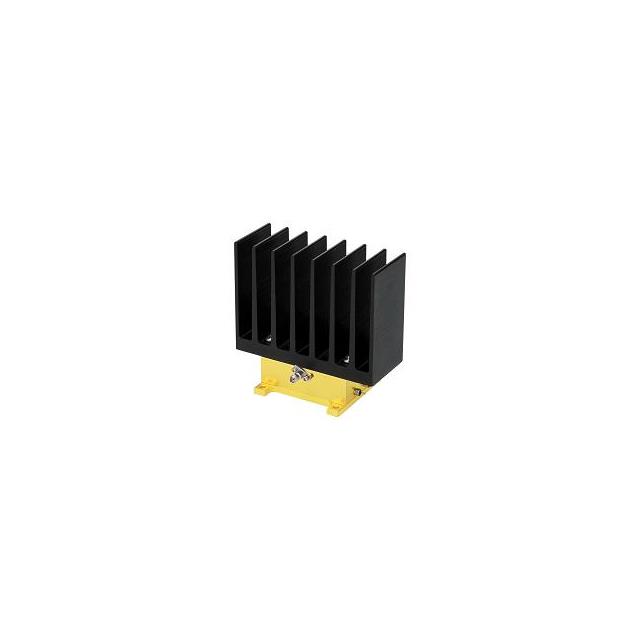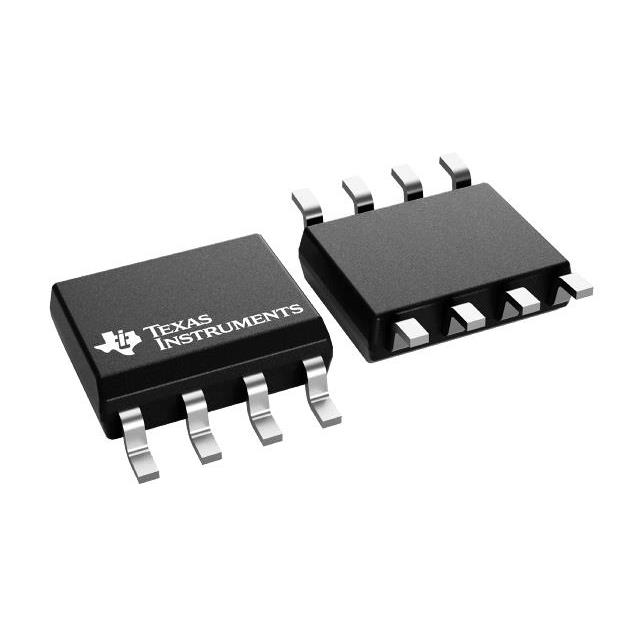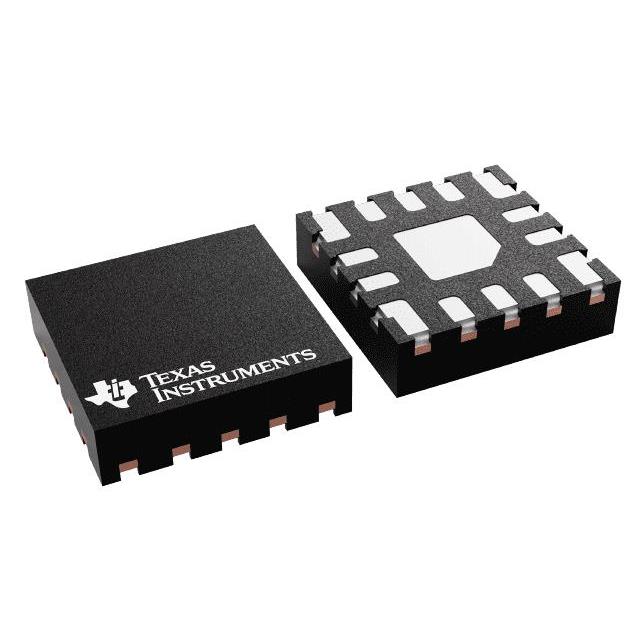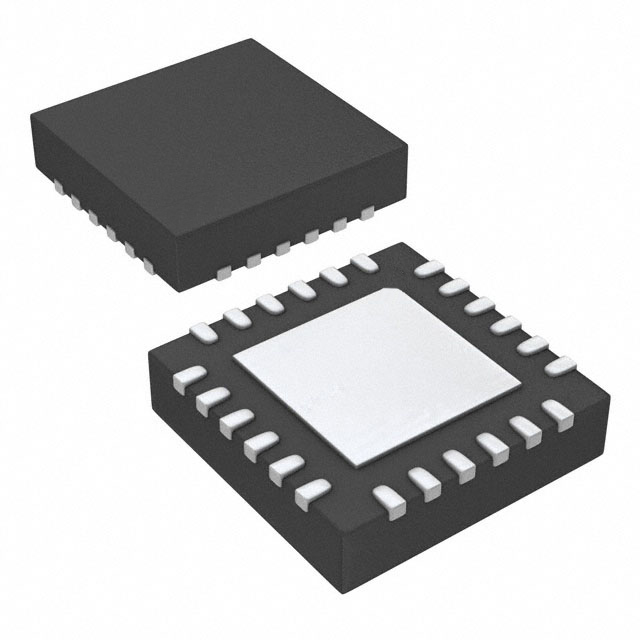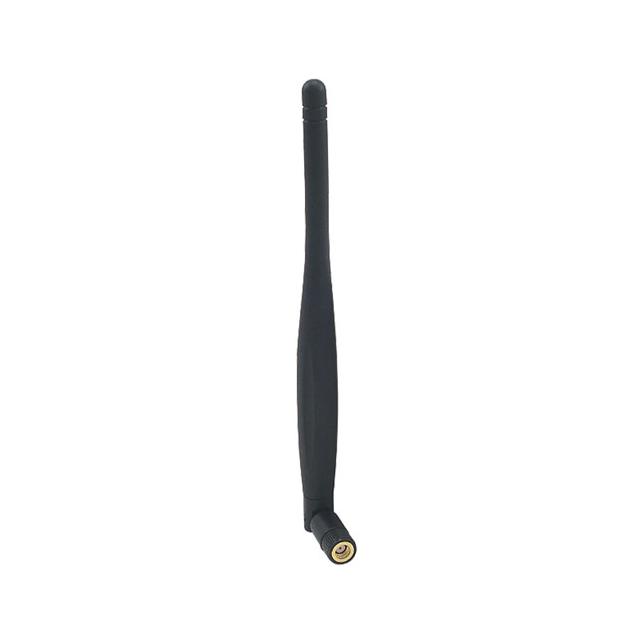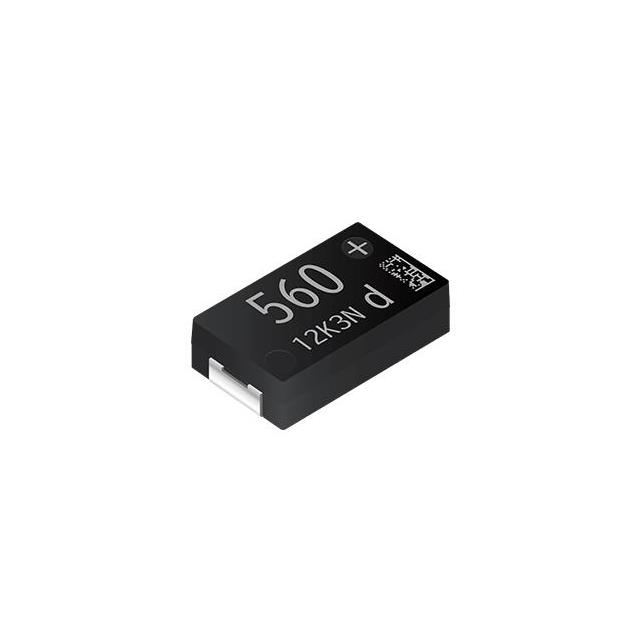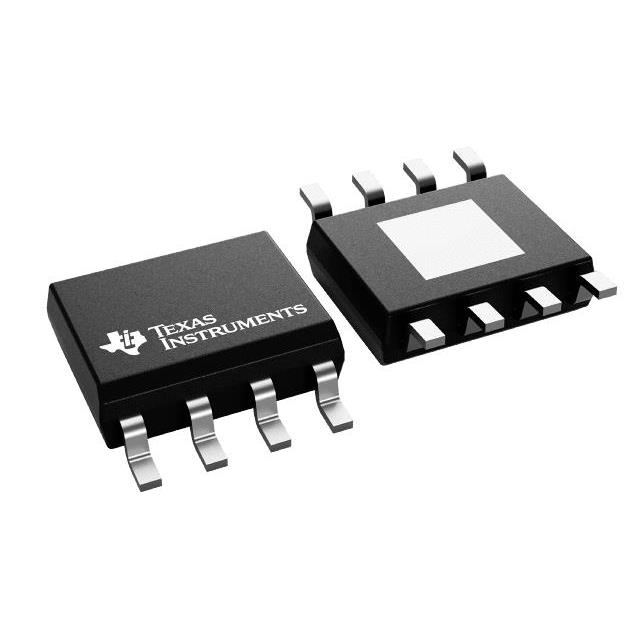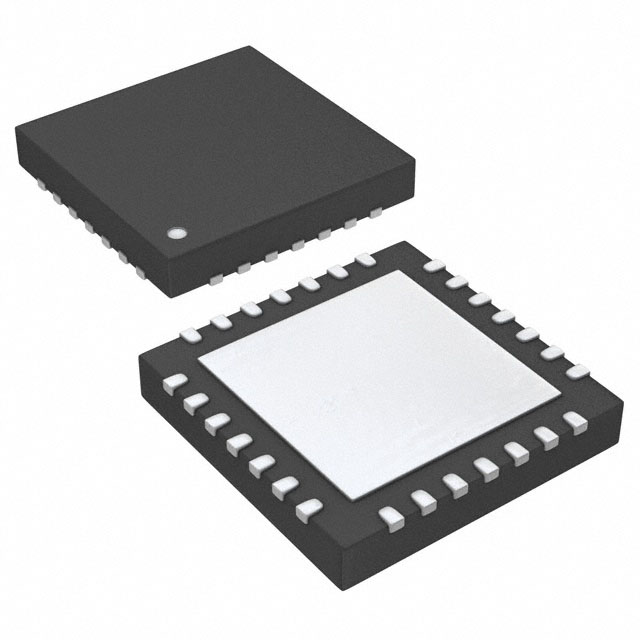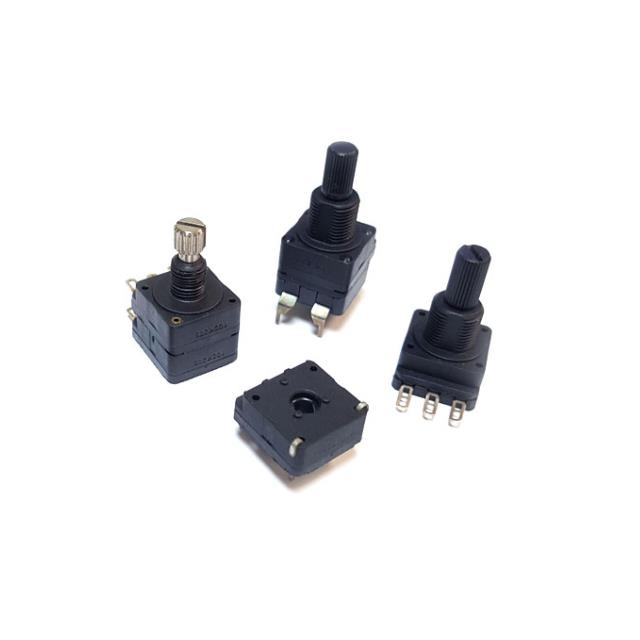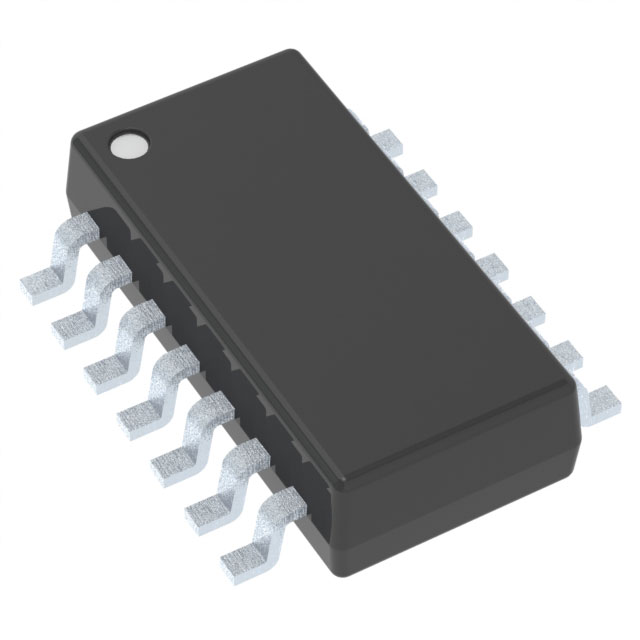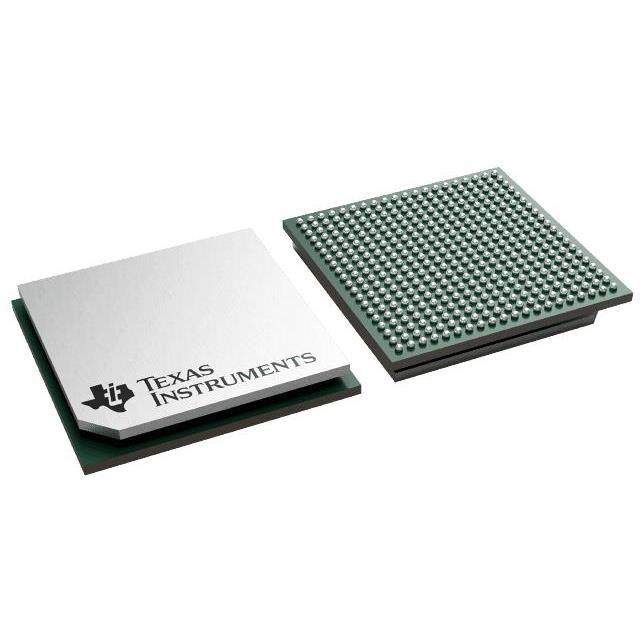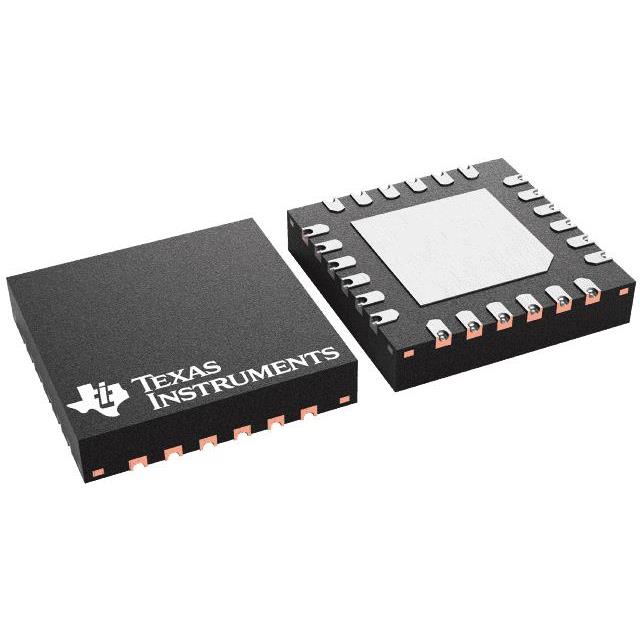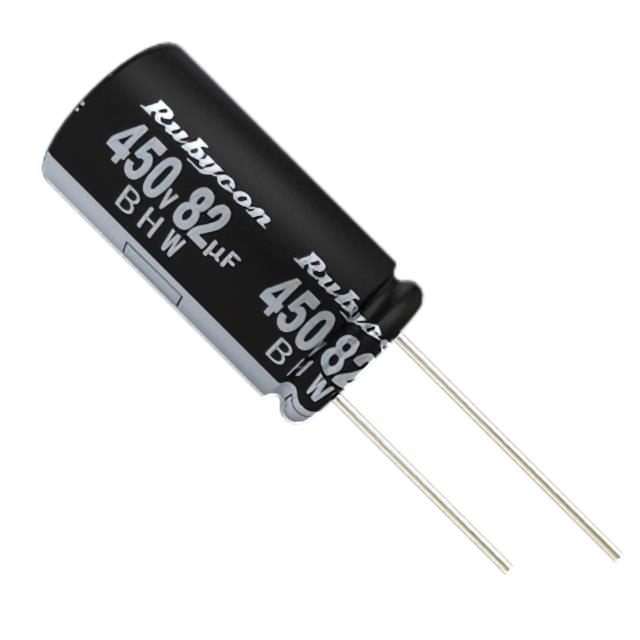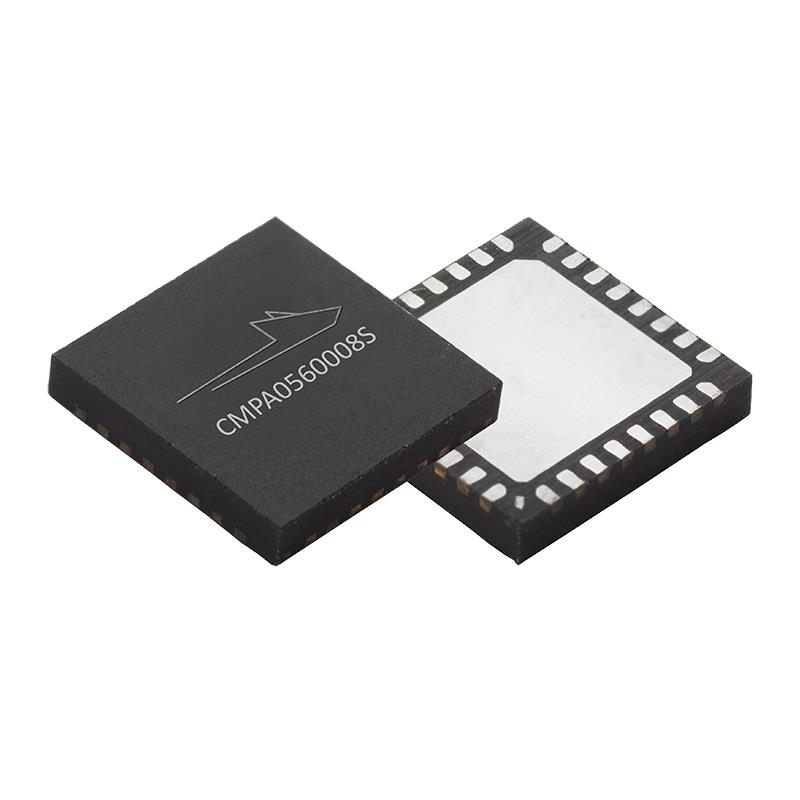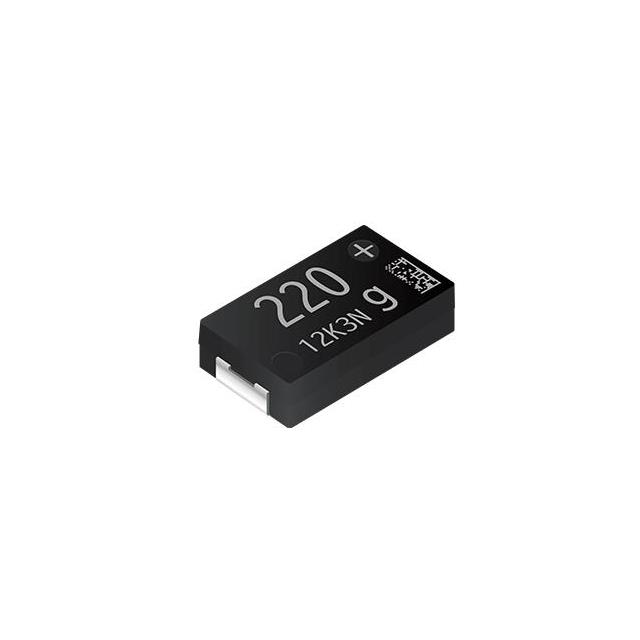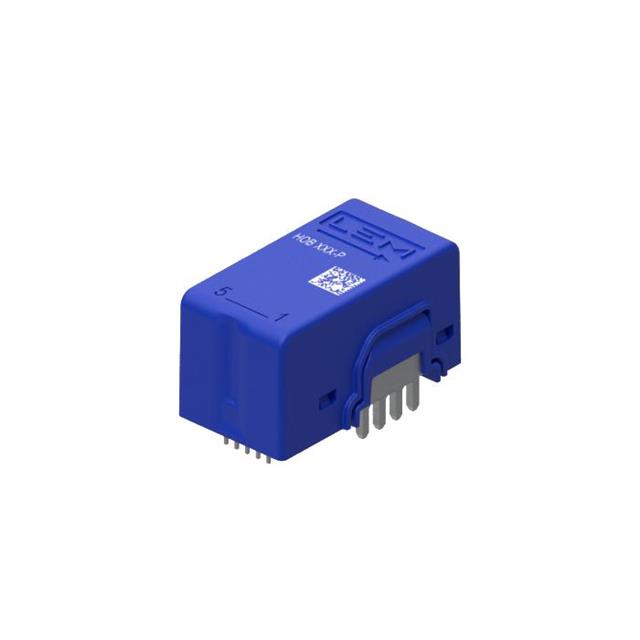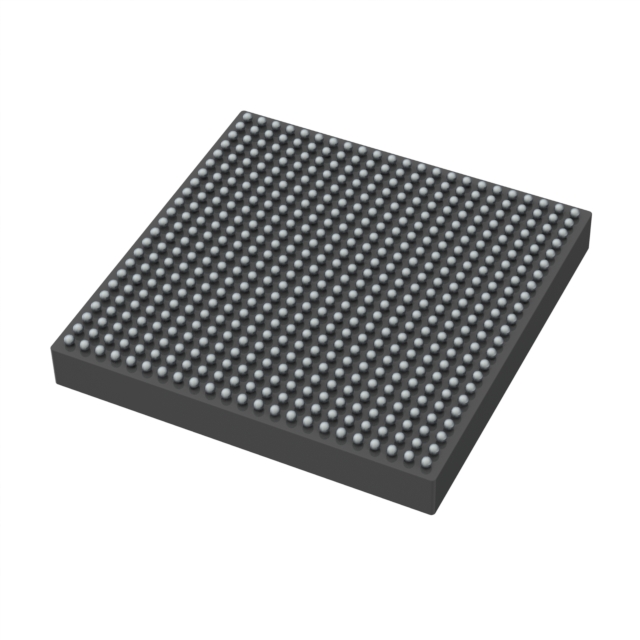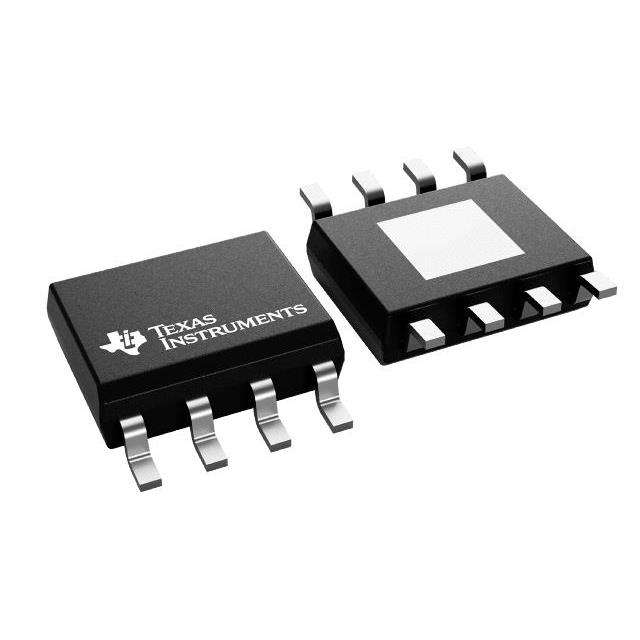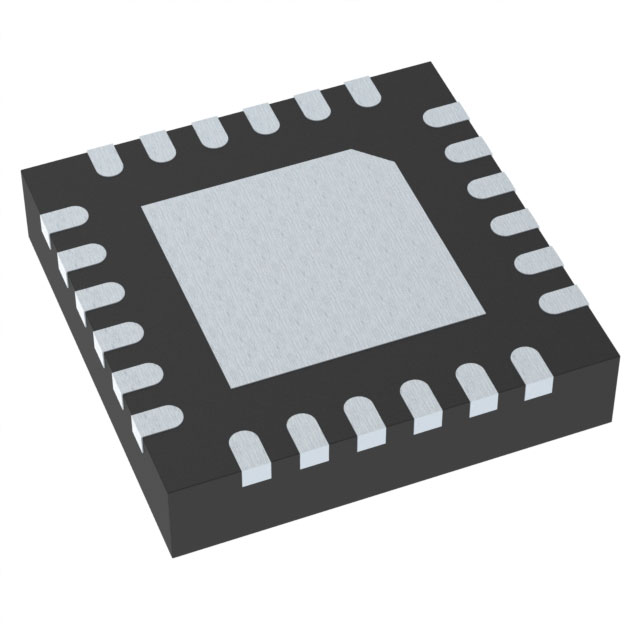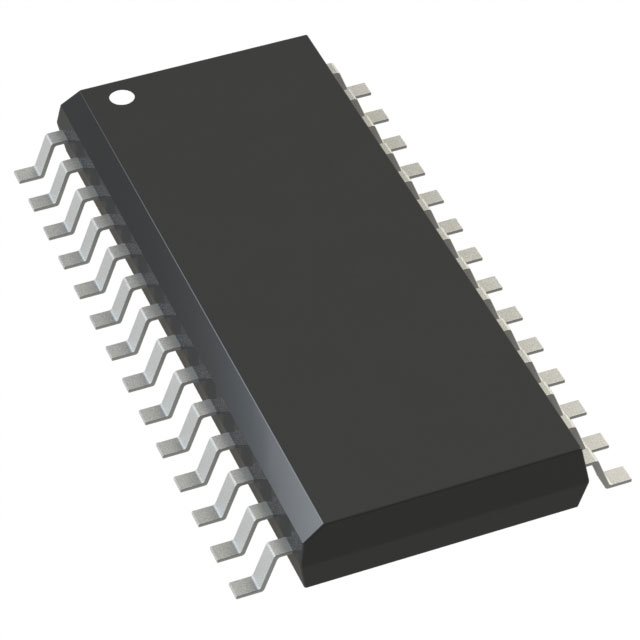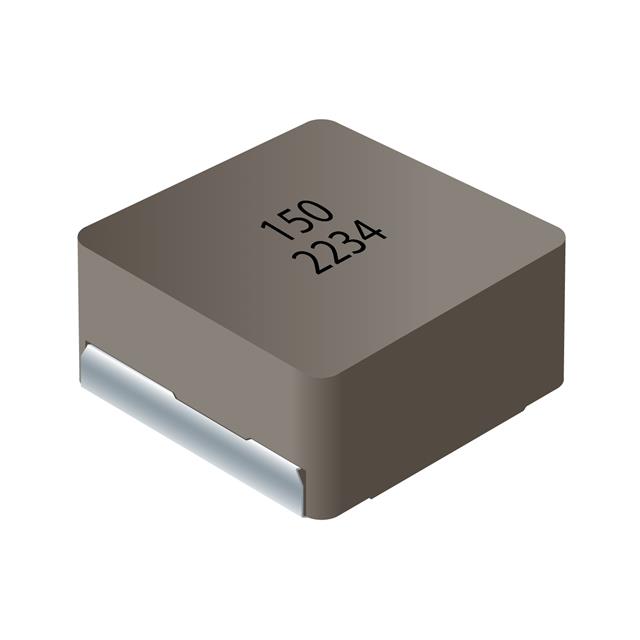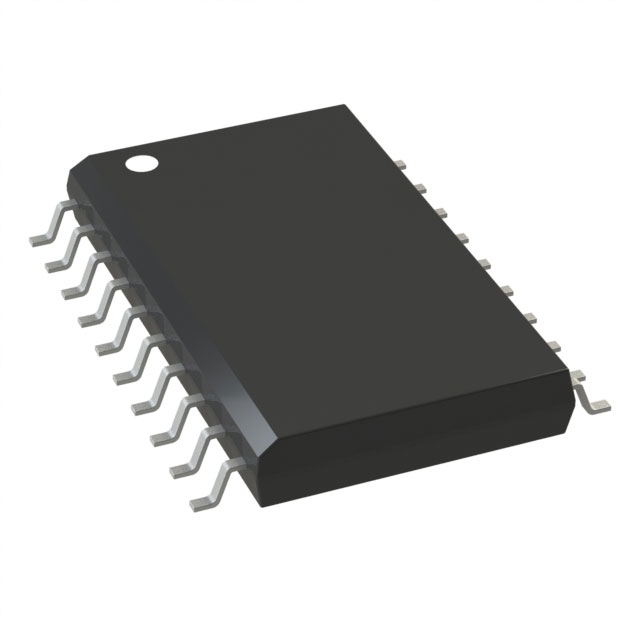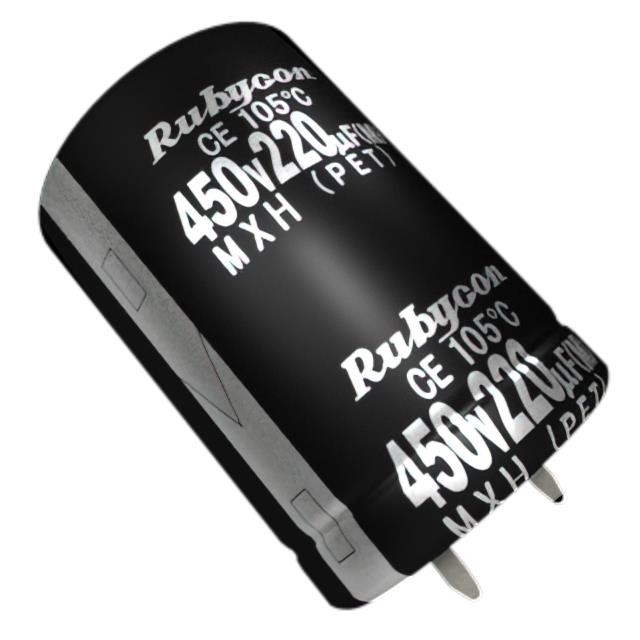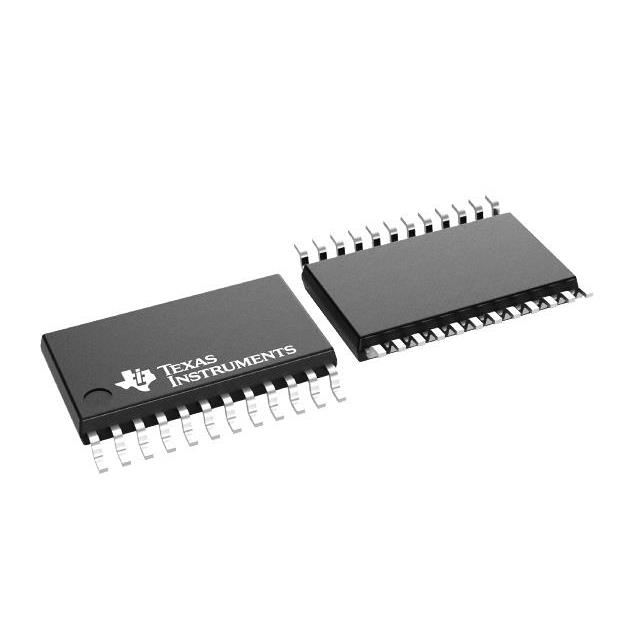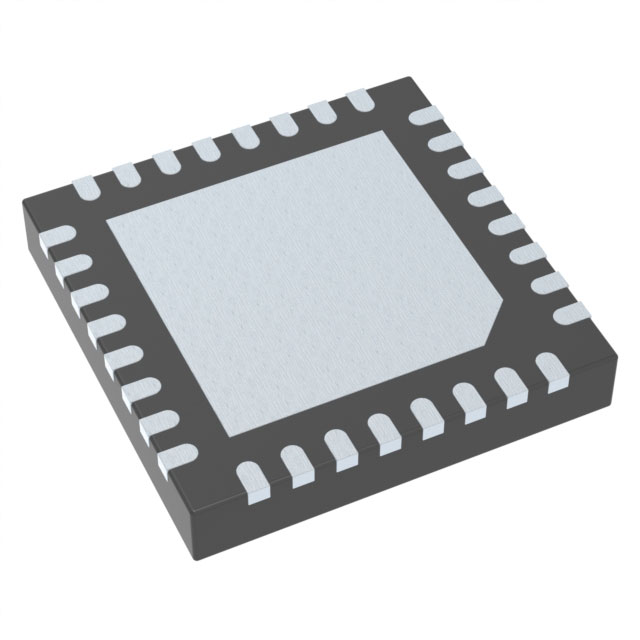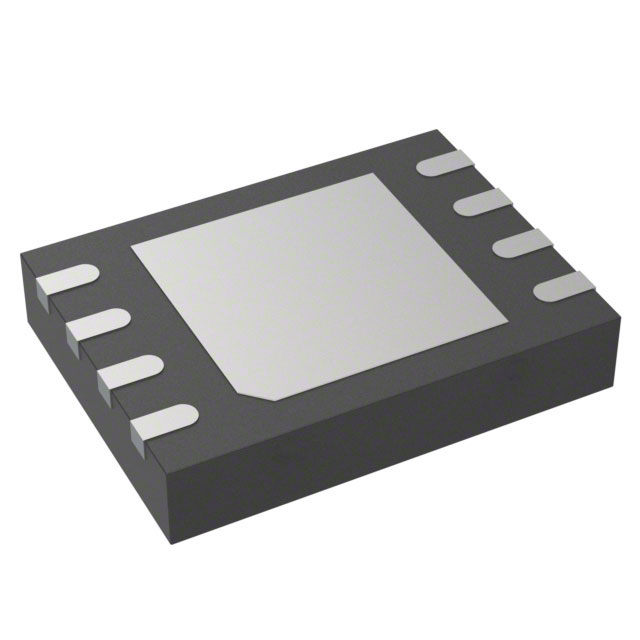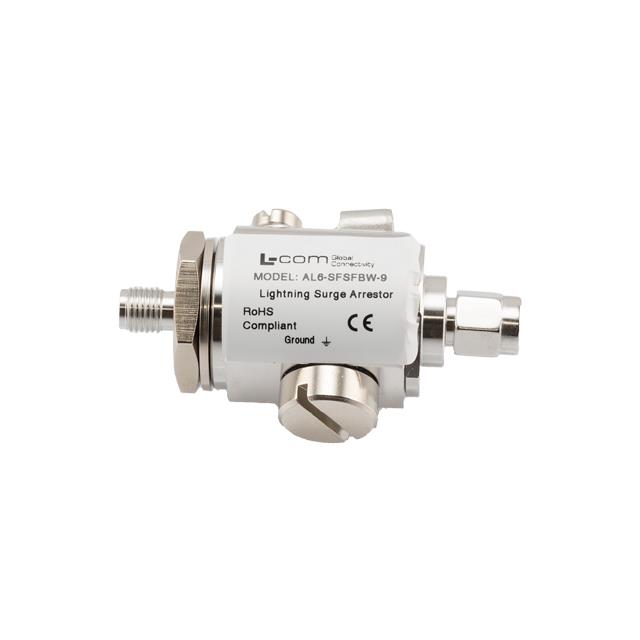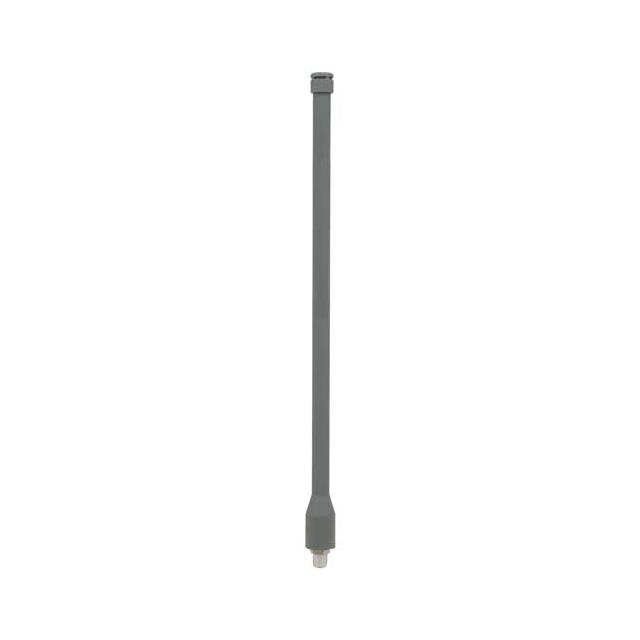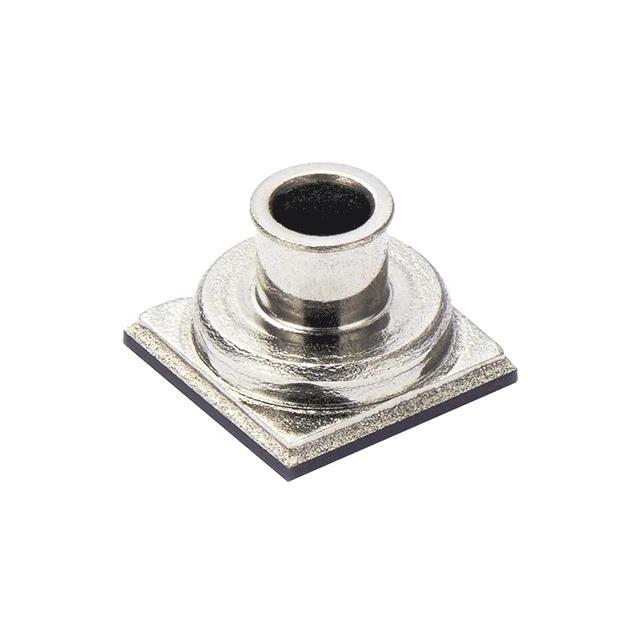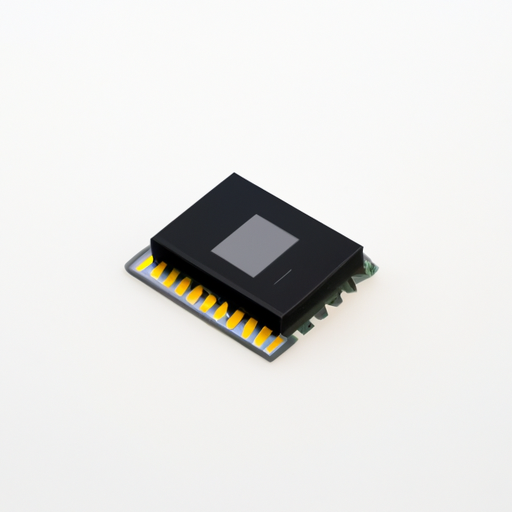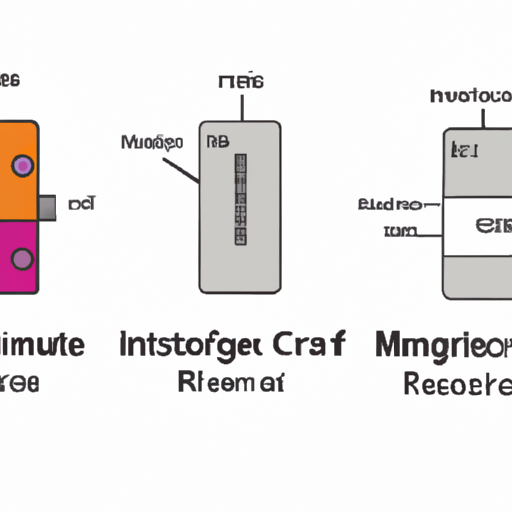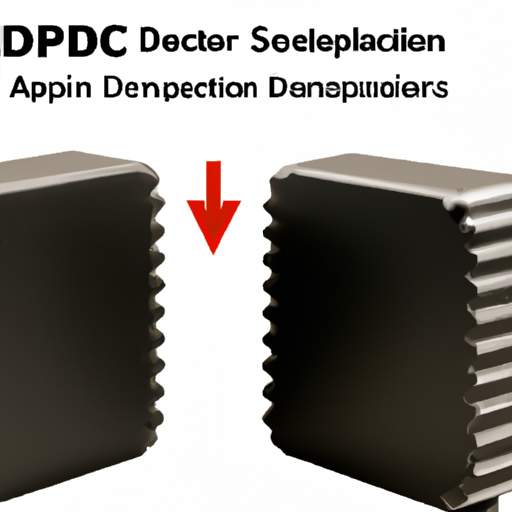
Application Development in Single Diodes for CFR-50JB-52-1M8: Key Technologies and Success StoriesThe CFR-50JB-52-1M8 is a specific model of a single diode that finds applications in various electronic and power systems. While detailed case studies specific to this model may not be readily available, we can explore the broader context of single diode applications, key technologies, and notable success stories that highlight the importance of diodes in modern electronics.
Key Technologies in Single Diode Application Development1. Silicon and Silicon Carbide (SiC) Diodes2. Schottky Diodes3. Fast Recovery Diodes4. Integrated Circuit (IC) Solutions5. Thermal Management Technologies6. Simulation and Modeling Tools1. Renewable Energy Systems2. Electric Vehicles (EVs)3. Consumer Electronics4. Telecommunications5. Industrial Automation Success Stories in Application Development ConclusionThe CFR-50JB-52-1M8 diode, like many others, is integral to various applications across multiple industries. Advancements in diode technology, including the development of SiC and Schottky diodes, have led to significant improvements in efficiency and performance. Success stories in renewable energy, electric vehicles, consumer electronics, telecommunications, and industrial automation underscore the critical role of diodes in modern technology. As applications continue to evolve, the importance of diodes in driving innovation and efficiency will only grow, making them a cornerstone of future electronic designs.
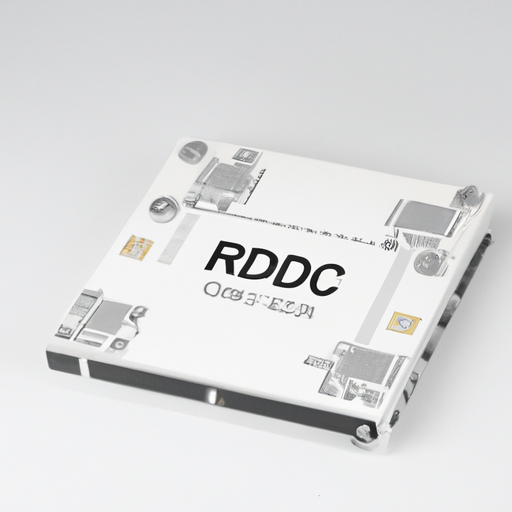
Overview of DIACs and SIDACsDIACs (Diodes for Alternating Current) and SIDACs (Silicon Diodes for Alternating Current) are essential semiconductor devices used in AC power control applications. Their unique characteristics enable them to perform effectively in various scenarios, from light dimming to over-voltage protection. Below, we delve deeper into their core functional technologies and highlight specific application development cases that showcase their effectiveness.
Core Functional Technology 1. DIAC (Diode for Alternating Current)
- **Structure**: A DIAC is a two-terminal device that operates in a bidirectional manner. It has a breakover voltage, which is the threshold voltage that must be exceeded for the device to conduct.
- **Operation**: When the voltage across the DIAC exceeds its breakover voltage, it switches from a non-conducting to a conducting state, allowing current to flow. This property is particularly useful for triggering TRIACs in AC circuits.
- **Characteristics**:
- **Bidirectional Conduction**: Can conduct current in both directions, making it suitable for AC applications.
- **Low Holding Current**: Requires minimal current to maintain conduction after triggering.
- **Fast Switching Speed**: Quick response to voltage changes, enabling precise control.
- **Applications**: Commonly used in light dimmers, motor speed controls, and phase control circuits. 2. SIDAC (Silicon Diode for Alternating Current)
- **Structure**: Similar to DIACs, SIDACs are also two-terminal devices but are designed for higher power applications.
- **Operation**: SIDACs can be triggered by a voltage spike and will conduct until the current drops below a certain threshold, making them ideal for over-voltage protection.
- **Characteristics**:
- **High Voltage and Current Handling**: Capable of managing significant power levels, suitable for industrial applications.
- **Bidirectional Operation**: Functions effectively in both directions, similar to DIACs.
- **Fast Response Time**: Quick activation and deactivation, essential for protective applications.
- **Applications**: Used in over-voltage protection circuits, snubber circuits, and surge protection devices. Application Development Cases 1. Light Dimming Applications
- **Case Study**: A residential lighting control system employs DIACs to regulate the brightness of incandescent bulbs. The DIAC triggers a TRIAC, allowing for phase angle control of the AC waveform.
- **Outcome**: Users experience improved energy efficiency and satisfaction due to customizable lighting levels, leading to reduced electricity bills. 2. Motor Speed Control
- **Case Study**: An industrial motor control system utilizes a DIAC to adjust the speed of an AC motor. The DIAC works with a TRIAC to modulate the power supplied to the motor.
- **Outcome**: Enhanced motor speed control results in better performance and significant energy savings, optimizing operational efficiency. 3. Over-Voltage Protection
- **Case Study**: A surge protection device incorporates SIDACs to safeguard sensitive electronic equipment from voltage spikes. The SIDAC clamps the voltage to a safe level during surges.
- **Outcome**: Increased reliability and longevity of electronic devices, leading to lower maintenance costs and reduced downtime. 4. Snubber Circuits
- **Case Study**: A snubber circuit using SIDACs protects power electronics from voltage transients. The SIDAC absorbs energy from voltage spikes, preventing damage to sensitive components.
- **Outcome**: Improved durability of power electronic systems, resulting in lower failure rates and extended operational life. 5. Phase Control in Heating Applications
- **Case Study**: A heating system employs DIACs for phase control to regulate the temperature of electric heaters. The DIAC triggers a TRIAC to control the power delivered to the heating element.
- **Outcome**: Enhanced temperature control and energy efficiency lead to cost savings for users, making heating systems more economical. ConclusionDIACs and SIDACs are integral components in modern electronic systems, providing effective solutions for AC power control and protection. Their ability to handle high voltages and currents, combined with fast switching capabilities, makes them invaluable in various applications. As technology advances, the potential applications for DIACs and SIDACs will likely expand, paving the way for innovative power management and control solutions in the future.


